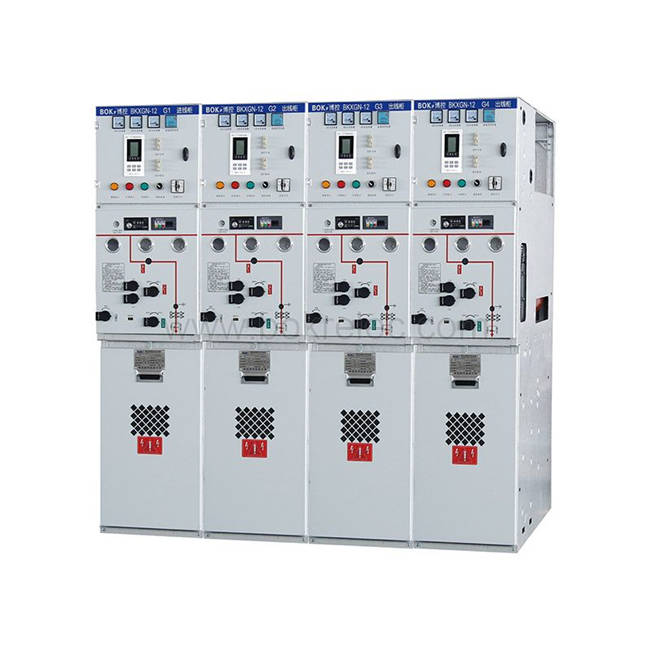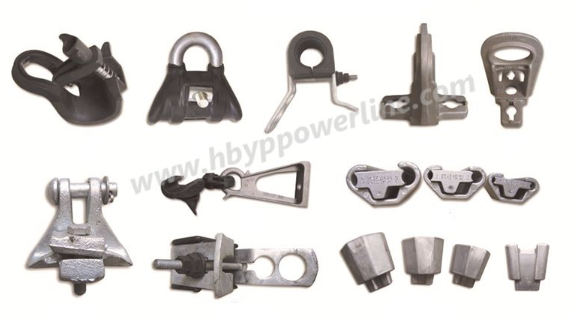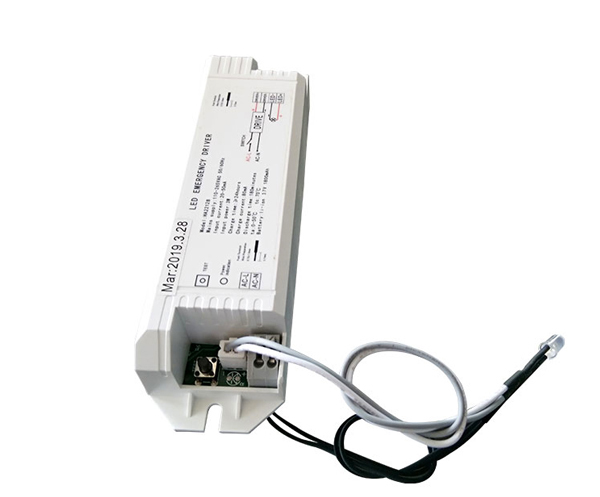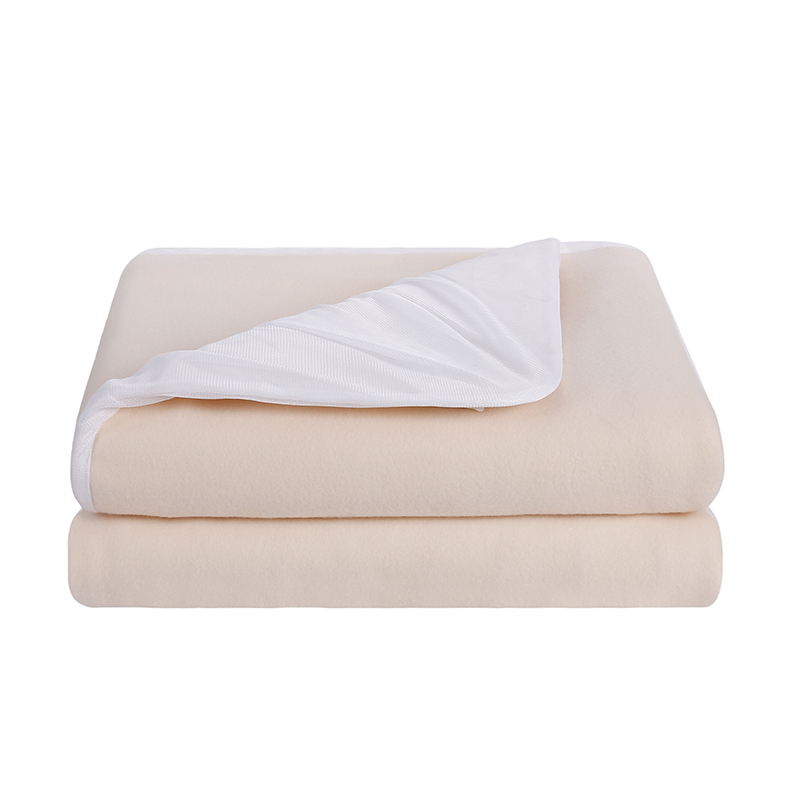- Automobiles & Motorcycles
- Beauty & Personal Care
- Business Services
- Chemicals
- Construction & Real Estate
- Consumer Electronics
- Electrical Equipment & Supplies
- Electronic Components & Supplies
- Energy
- Environment
- Excess Inventory
- Fashion Accessories
- Food & Beverage
- Furniture
- Gifts & Crafts
- Hardware
- Health & Medical
- Home & Garden
- Home Appliances
- Lights & Lighting
- Luggage, Bags & Cases
- Machinery
- Measurement & Analysis Instruments
- Mechanical Parts & Fabrication Services
- Minerals & Metallurgy
- Office & School Supplies
- Packaging & Printing
- Rubber & Plastics
- Security & Protection
- Service Equipment
- Shoes & Accessories
- Sports & Entertainment
- Telecommunications
- Textiles & Leather Products
- Timepieces, Jewelry, Eyewear
- Tools
- Toys & Hobbies
- Transportation
Is Electrolytic Capacitor Used for AC or DC?
Introduction
Capacitors are essential components in electrical and electronic circuits, providing the ability to store and release electrical energy. They come in various types, each designed for specific applications. One common question that arises in the world of electronics is whether electrolytic capacitors are used for AC (alternating current) or DC (direct current) circuits. In this article, we will explore the characteristics of electrolytic capacitors and their suitability for both AC and DC applications.
Understanding Electrolytic Capacitors
Electrolytic capacitors are a type of polarized capacitor. Unlike non-polarized capacitors, which can be connected to a circuit in either direction, electrolytic capacitors have a positive and a negative terminal. This polarity is essential to their function and must be observed when using them in circuits.
Electrolytic capacitors have a unique construction that allows them to achieve high capacitance values in relatively compact sizes. They consist of two conductive plates separated by an electrolyte-soaked dielectric material. The dielectric is typically a thin oxide layer on one of the plates, which forms as a result of an anodization process. The electrolyte is a conductive solution that enhances the capacitor's capacitance.
Using Electrolytic Capacitors in DC Applications
Electrolytic capacitors are commonly used in DC circuits, and they are particularly well-suited for such applications. Here's why:
Filtering and Smoothing: Electrolytic capacitors are often used in power supply circuits to filter and smooth the output voltage. When connected in parallel to a DC power source, they store charge and release it slowly, effectively reducing voltage fluctuations or "ripple." This results in a more stable and constant DC voltage output, which is essential for the proper functioning of electronic devices.

Energy Storage: Power Electrolytic capacitors can store and release electrical energy, making them valuable in circuits where energy storage is required, such as in flash units of cameras, audio amplifiers, and pulse circuits.
Further reading:Which features make a portable power station with an LFP battery an ideal choice for outdoor adventures?
Encapsulated Transformer: Redefining Power Distribution for a Sustainable Future
What are Types and Applications of Lithium Batteries?
Advantages and Applications of OLED Display Modules
Exploring the Efficiency and Reliability of Eltek Rectifier Modules
How to Install LED Neon Flex: Step-by-Step Guide
How to Choose the Right Hybrid Inverter for Your Home or Business?
Coupling Capacitors: They are used as coupling capacitors to block DC voltage while allowing AC signals to pass through in applications like audio amplifiers and coupling stages of amplifiers.
Using Electrolytic Capacitors in AC Applications
While electrolytic capacitors are primarily associated with DC applications, they can also be used in AC circuits when the circumstances allow. However, there are some limitations and considerations:
Limited Capacitance Range: Electrolytic capacitors are not suitable for high-frequency AC applications due to their limited capacitance range. They are typically available in capacitance values that are optimized for DC circuits. For AC circuits operating at high frequencies, other capacitor types like ceramic capacitors or film capacitors may be more appropriate.
Polarity Requirement: Electrolytic capacitors must be connected with the correct polarity in both AC and DC circuits. Connecting them incorrectly can lead to catastrophic failure, including leakage or even explosion, especially if subjected to reverse voltage or excessive voltage.
Conclusion
In conclusion, electrolytic capacitors are versatile components that find extensive use in both AC and DC applications, although they are more commonly associated with DC circuits. They are prized for their ability to store energy, stabilize voltage levels, and reduce ripple in DC power supplies. However, their limited capacitance range and polarity requirements make them less suitable for high-frequency AC applications.
When using electrolytic capacitors in any circuit, it is crucial to follow manufacturer specifications and observe polarity guidelines to ensure safe and reliable operation. Depending on the specific requirements of your project, you may need to choose alternative capacitor types for AC applications where high-frequency performance or non-polarized characteristics are essential. Ultimately, the choice between AC and DC applications for electrolytic capacitors depends on the specific needs and constraints of the circuit in question.
Utilizing SOM as the Heart of Your Device: A Journey to Innovation
Effective Uses of Emergency Power Packs: Homes, Offices, and Outdoor Events
Exploring the Different Types of Resistors
Applications of Electrical Flexible Conduit
Understanding ARM SOM Core Boards: A Brief Overview
How to Choose the Right Portable Power Station for Your Needs?
Optimizing Heavy Truck Starter Battery Performance for Ultimate Reliability
Related Articles
If you are interested in sending in a Guest Blogger Submission,welcome to write for us!












Comments
0